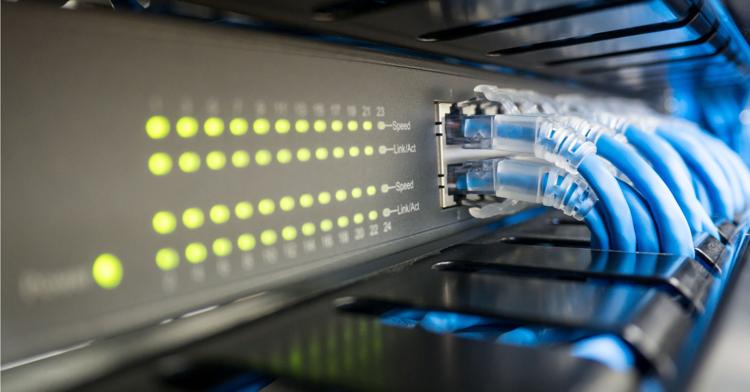Op-Ed: Better broadband mapping pushed by Congress will aid rural expansion

Chaiwat Srijankul | Shutterstock.com
(The Center Square) – The continued failure of government-owned (taxpayer-funded) networks shows why Congress must act to boost broadband mapping so private providers can extend service to those who need the service.
The Taxpayers Protection Alliance’s (TPA) recent report GON with the Wind: The Failed Promise of Government Owned Networks Across the Country examined 30 government broadband projects in 18 states. Although research indicates that high-speed internet projects usually need take rates (or the percentage of customers who subscribe to the service) of 40 percent to approach profitability, the vast majority of systems examined in the report fell below that percentage.
In addition to poor take rates, several GONs in the report were sold or leased to private providers at heavy taxpayer or ratepayer losses, and these are just a few of the examples nationwide. TPA’s Broadband Boondoggles highlights many more.
Low take rates and failing systems show why federal, state and local leaders shouldn’t look to government internet projects to close the digital divide. Instead, government can facilitate the expansion of rural broadband by relaxing regulations that might stymie broadband growth by private providers that have been steadily working to bring high-speed internet to all people.
For example, private broadband investment from 2014-2018 reached $387.2 billion in the U.S., about 30 percent higher than in Europe during that time span. That additional investment is helping America’s download speeds hold steady during the COVID-19 pandemic while the European Union has asked bandwidth hogs like Netflix and YouTube to slow streaming speeds to aid strained networks.
In a study of international internet speeds during the pandemic, the Phoenix Center’s George Ford found that fixed networks in the U.S. have proven “resilient to the traffic surges,” with no statistically significant changes in download speeds. America’s mobile networks actually saw a statistically significant boost in download speeds between March and May.
But it’s well known that not all Americans enjoy robust broadband, especially in more remote and rural areas.
To help close the digital divide, on March 3rd President Donald Trump signed into law the Broadband Deployment Accuracy and Technological Availability Act, which would require the Federal Communications Commission (FCC) to improve the way that broadband data is collected. The law specifically tasks the FCC with collecting broadband maps from wired, fixed wireless and satellite broadband providers and use those maps when deciding awards for broadband funding. The FCC could also consider the collection of verified coverage data from other entities such as state and local governments and crowdsourcing would be allowed so that the public can participate in data collection. A process will also be adopted for people who want to challenge the accuracy of the FCC’s broadband maps.
To that end, the FCC should continue to use reverse auctions that award projects to the lowest bidder to ensure more areas receive service in a cost-effective manner.
Congress can continue to act to help get those people high-speed internet. Sen. Roger Wicker (R-Miss.) and Rep. Greg Walden (R-Ore.) recently released principles for a legislative framework to help expand broadband access and digital opportunity, which includes authorizing funding to complete broadband maps. This will help ensure efficient distribution of funds to areas that most need it, which will help eliminate overbuilds and better protect taxpayers from waste.

